 Environmental & Science Education
Environmental & Science Education
STEM
Sustainability
Climate Change
Medicine
Health
A form of stewardship in the surgical suite that I'd never thought about is the contribution that anesthesiology gases make to global warming.
Kristian Foden-Vencil, reporting for NPR, calls attention to two commonly used anesthesiology gases: sevoflurane and desflurane. Most of these gases are not metabolized and are exhaled. To insure that the gases don't work on the medical team, ventilation systems are designed to change the air in operating room. They are vented to the air outside where they make their contribution as greenhouse gases.
"Generally," Foden-Vencil writes, "unless there's a reason in a particular case to use one over the other, anesthesiologists simply tend to pick one of the two gases and stick with it." However, the gases are not equal contributors to greenhouse gases. One, desflurane, "is much worse for the environment."
Anesthesiologist Brian Chesebro researched these two gases. The two gases are quite similar medically although "sevoflurane needs to be more carefully monitored and titrated in some patients." He learned that "desflurane is 20 times as powerful in trapping heat in Earth's atmosphere as sevoflurane. It also lasts for 14 years in the atmosphere, whereas sevoflurane breaks down in just one year." Sevoflurane is also less expensive.
Chesbro practices in one of eight Providence Health Hospitals (Oregon). His data persuaded them to place priority on using sevofluarane. "They now save about $500,000 per year," but savings were not the primary reason. According to Providence Hospitals chief executive, Lisa Vance, the change was made for two reasons, the recognition that climate change is the No. 1 public health issue of the 21st century--and because of Chesebro."
Attempts have been made by other hospitals across the country to make this change but the results have been mixed. Foden-Vencil interviewed Dr. Jodi Sherman, an anesthesiologist at Yale School of Medicine on reasons for the breakdown. "She says...some just gave anesthesiologists the information, and not much changed. Other hospitals took desflurane away, but that left many anesthesiologist feeling disrespected and angry.
(Sherman) thinks, according to Foden-Vencil, that "Chesebro succeeded because he chose to persuade his colleagues--using data (gas choices plotted against greenhouse impact). And it helped that he showed them over and over, so doctors could compare their progress with that of their peers, i.e., not just what their carbon footprint is, but also what progress they're making."
Foden-Vencil's report may be read
here. It includes relevant links and a discussion of the response from one of the producers of anesthetic gases. Chesebro's response to the manufacturers is Dr. Seussian--"But now," says the Once-ler, "now that you're here, the word of the Lorax seems perfectly clear. UNLESS someone like you cares a whole awful lot, nothing is going to get better. It's not."
Cheesbro puts it this way: "Well, if it's there, it's bad. And if I can reduce my life's footprint by a factor of six ... why wouldn't you do it?
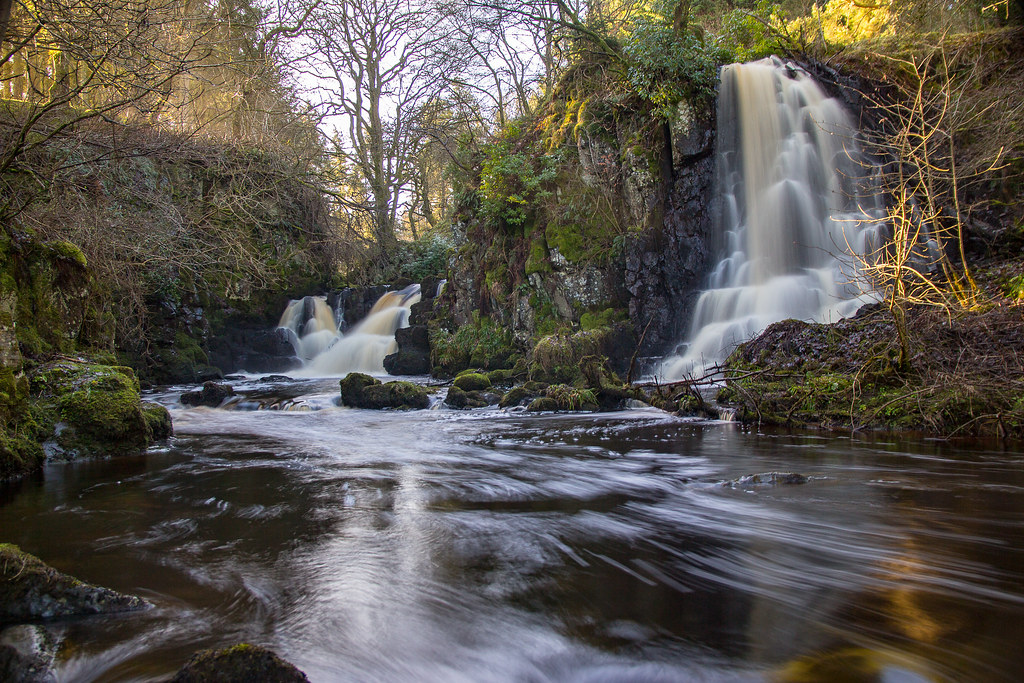

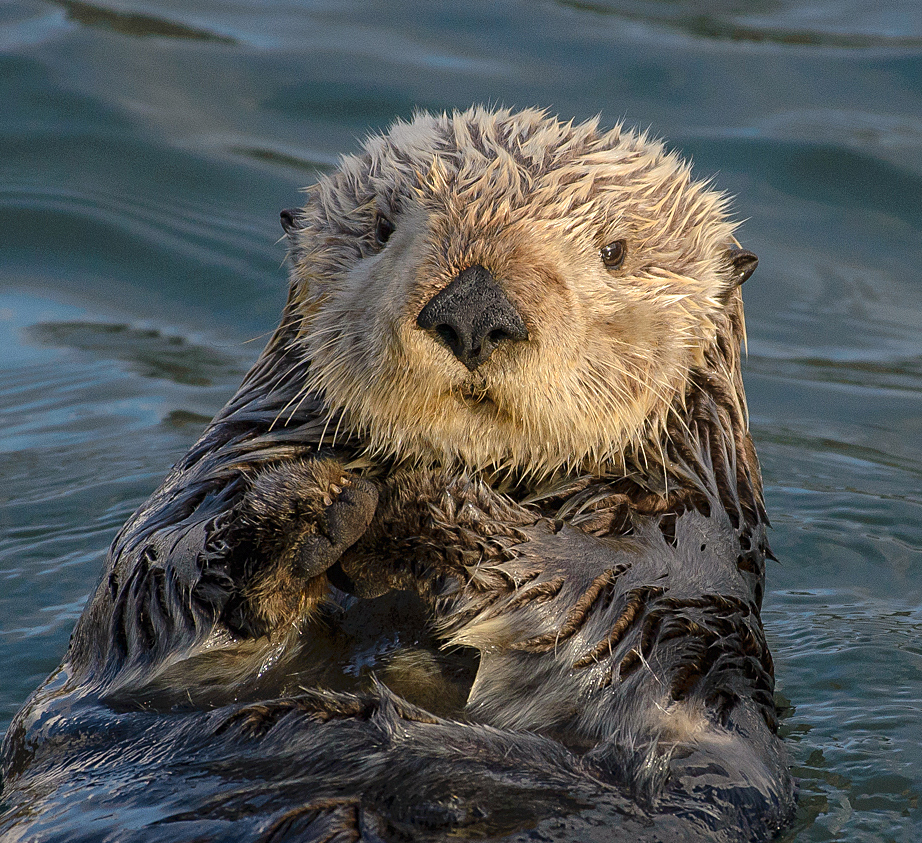
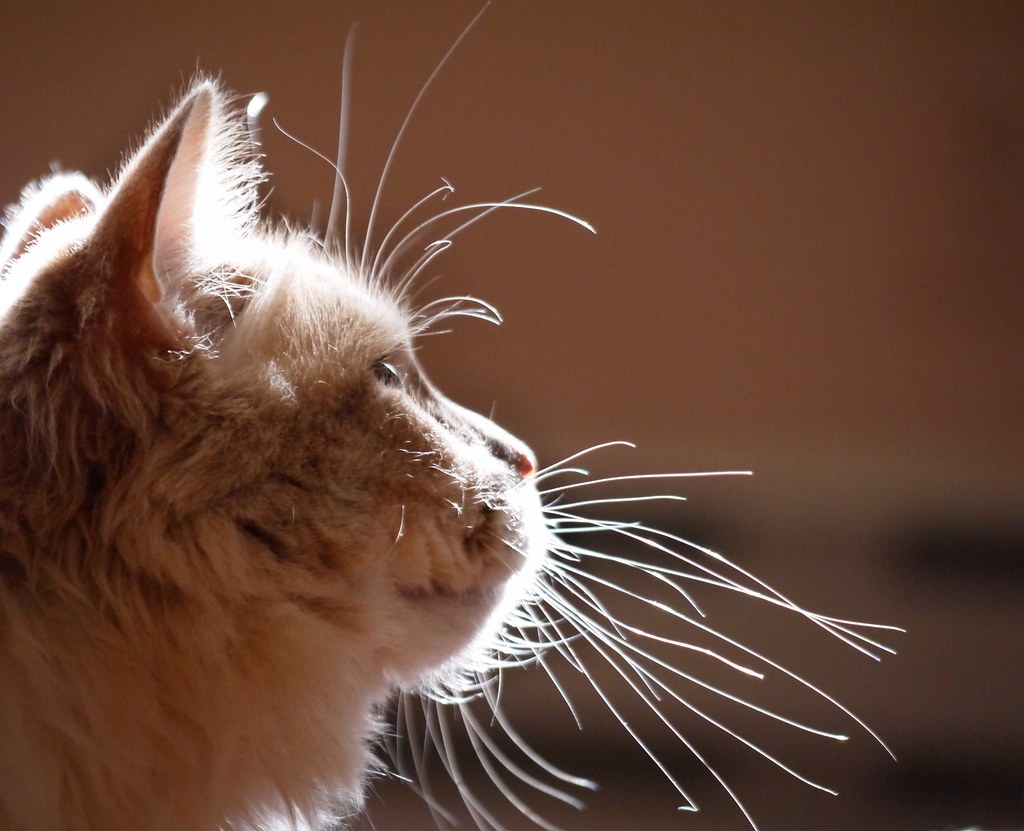
 Environmental & Science Education
Environmental & Science Education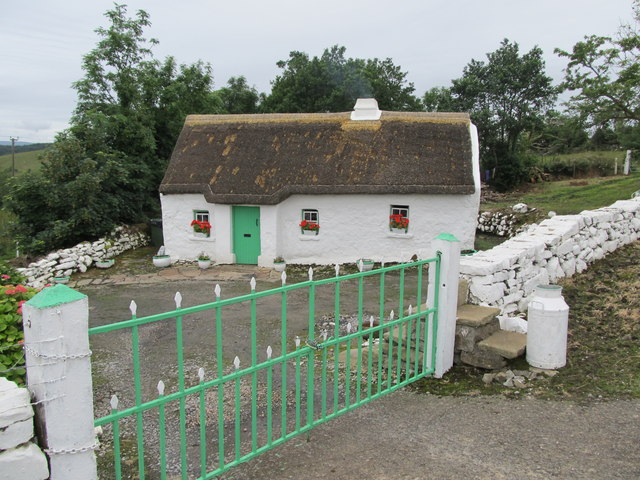
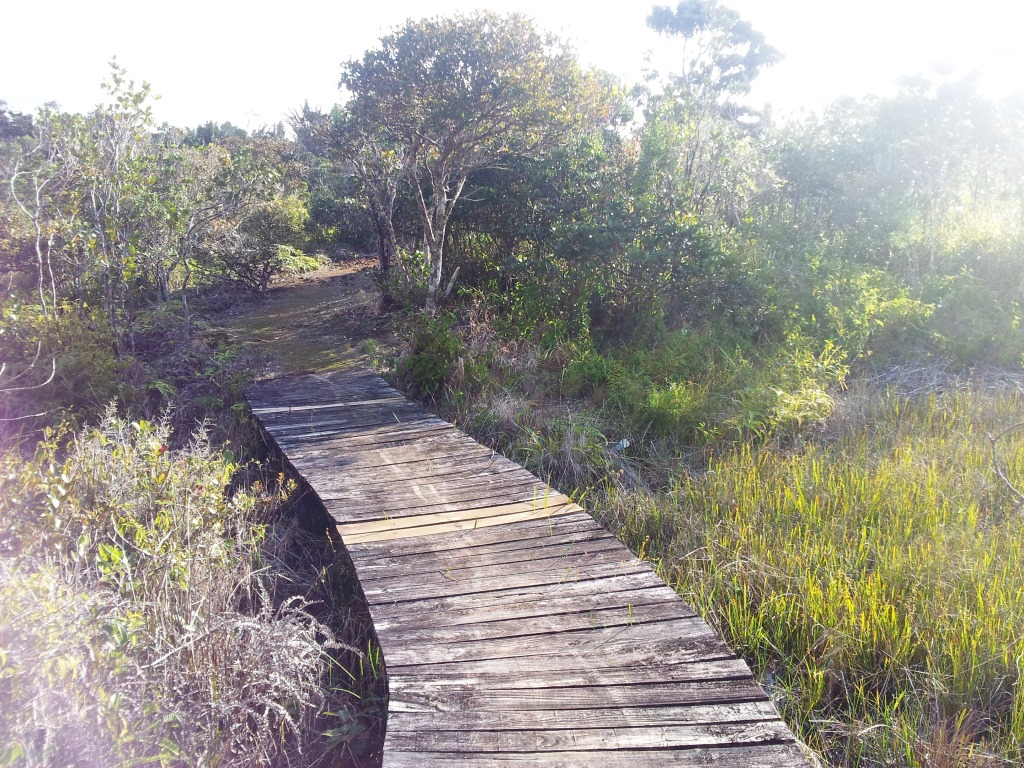
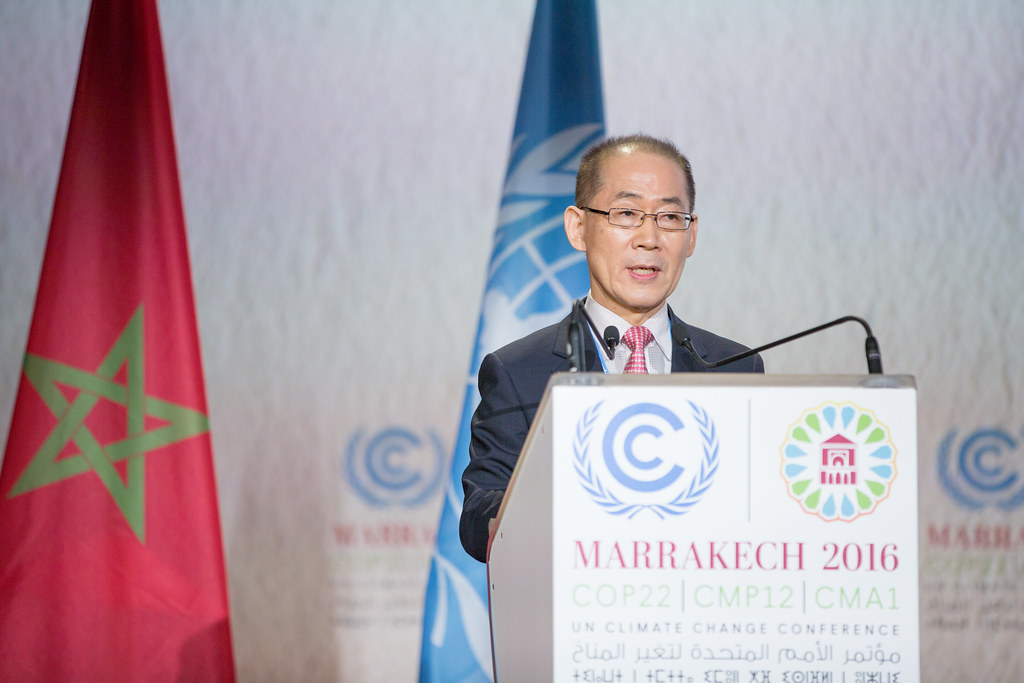

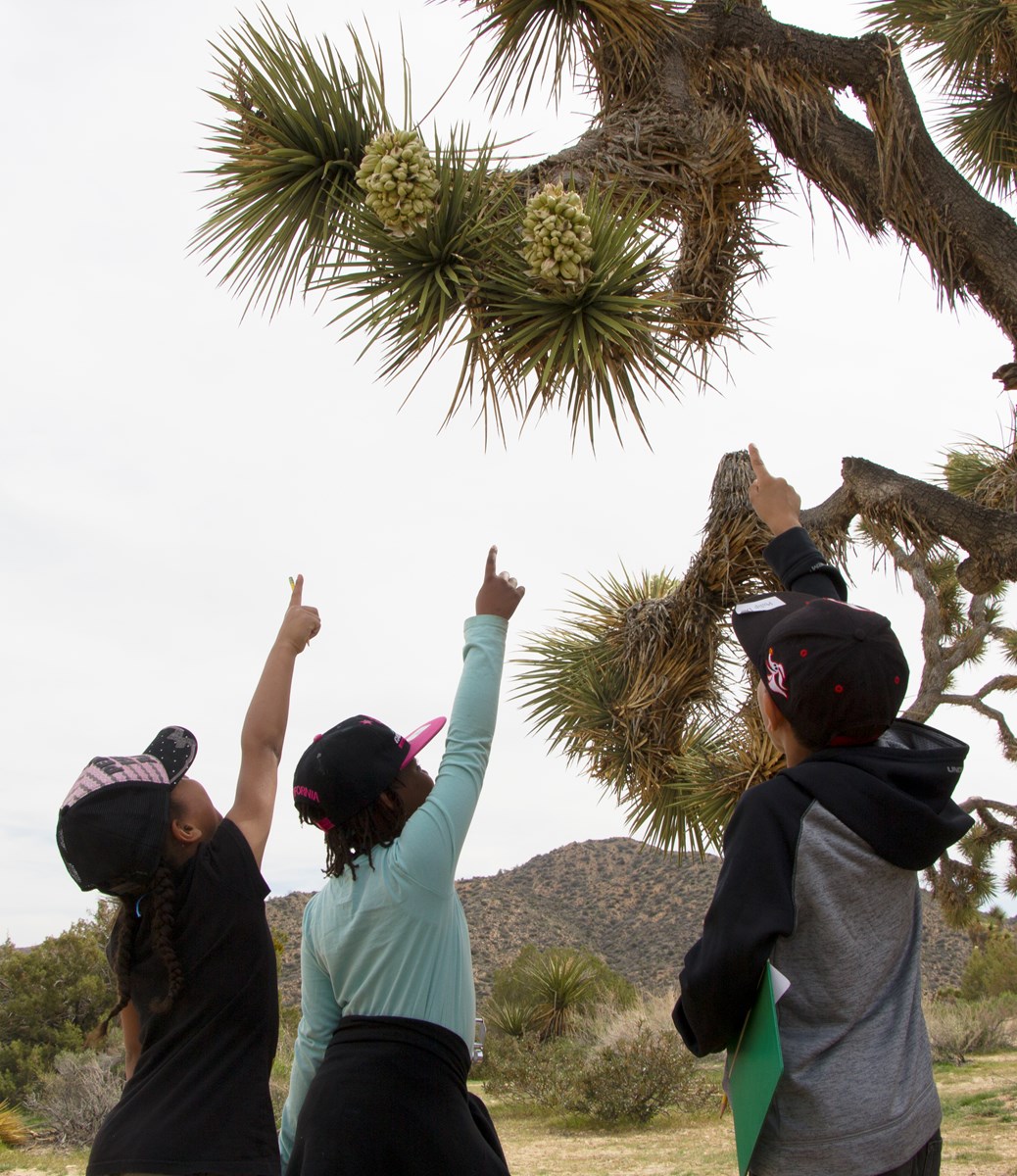
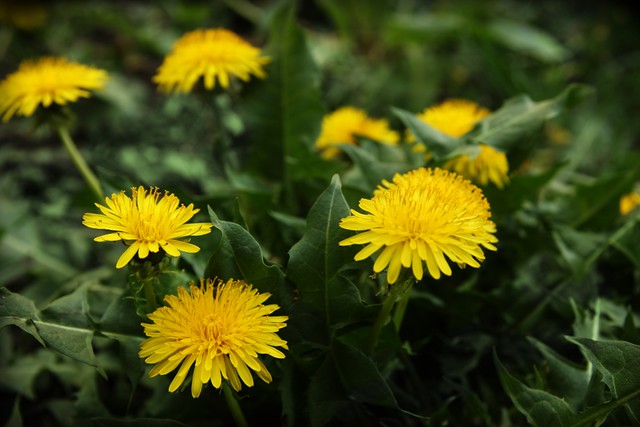

 Environmental & Science Education
Environmental & Science Education Environmental & Science Education
Environmental & Science Education